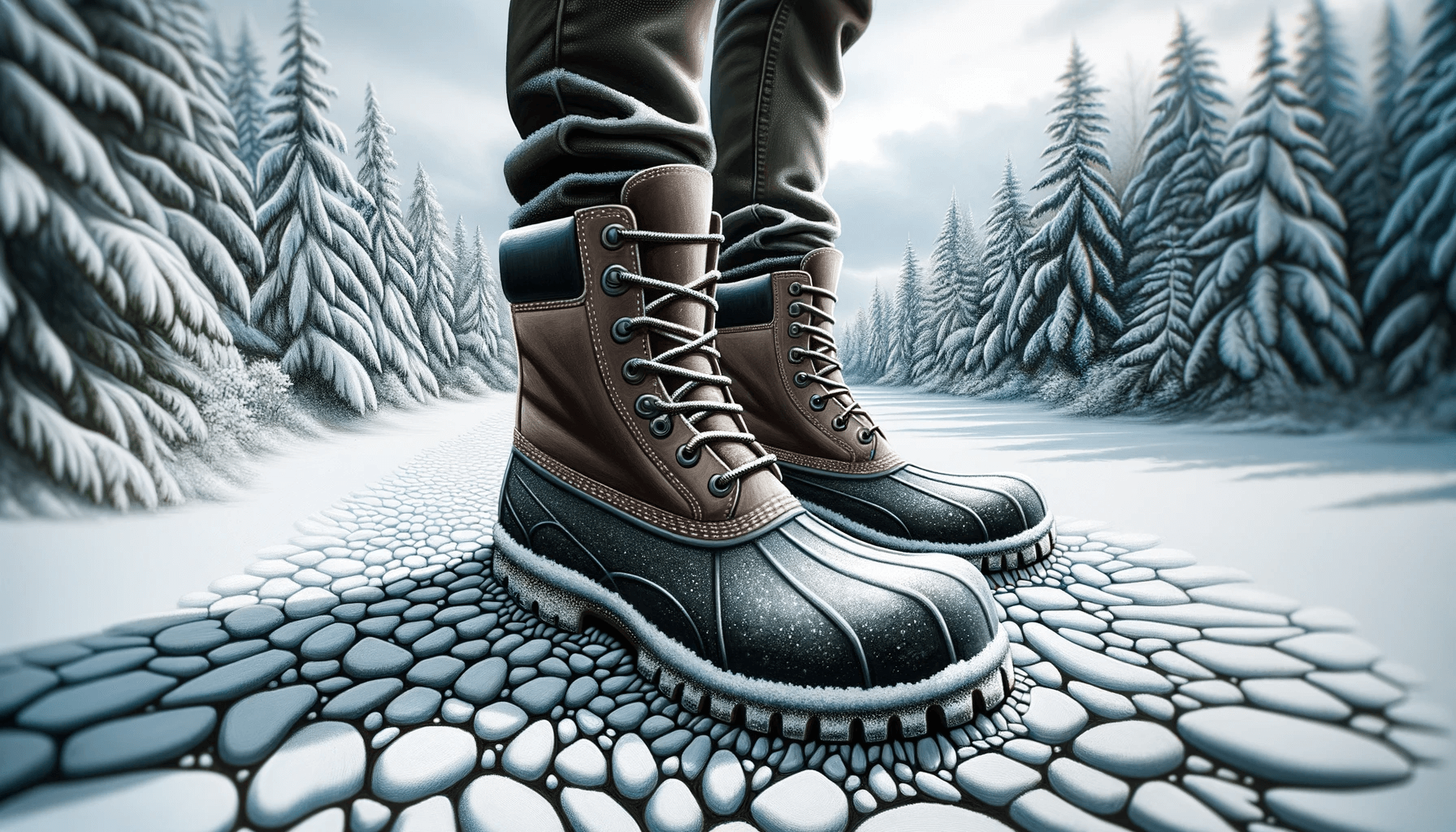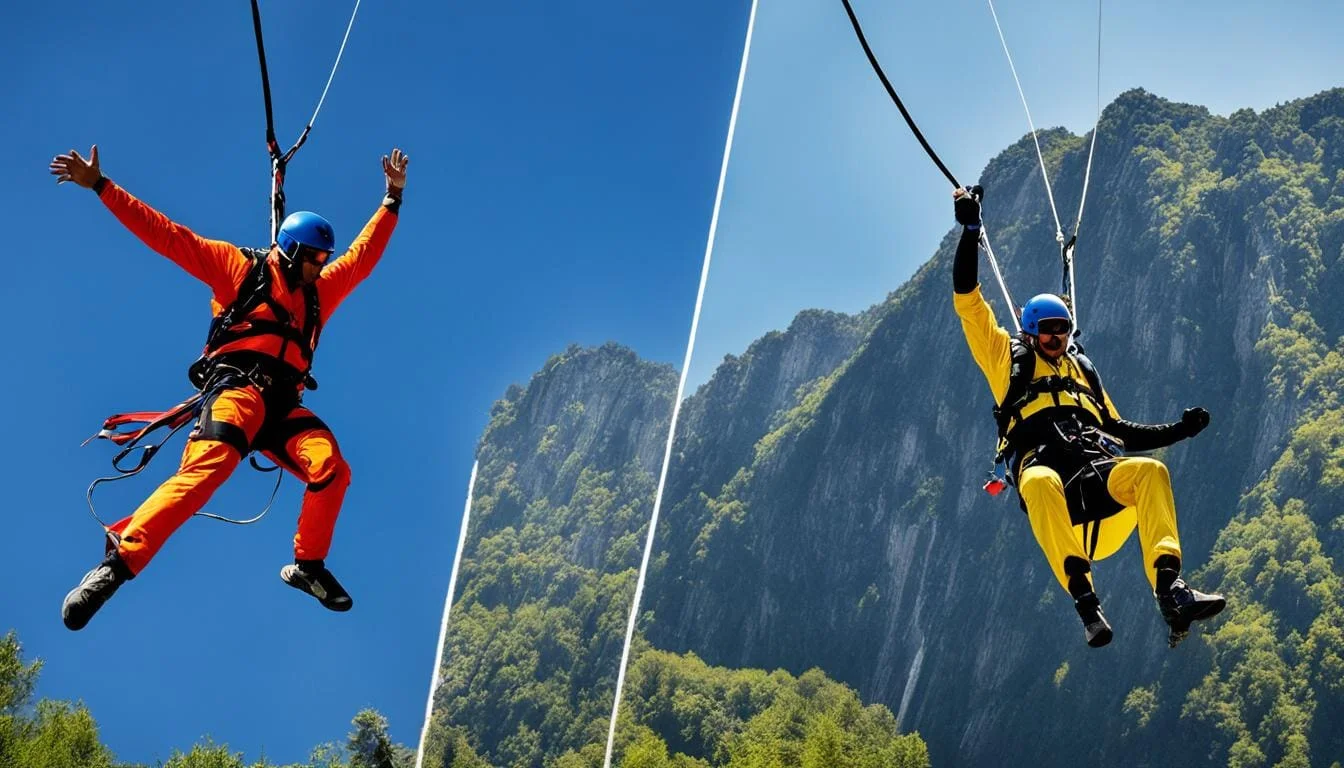When it comes to snowmobiling, having the right footwear is crucial for a comfortable and safe experience. Ill-fitting or inadequate boots can lead to discomfort, cold feet, and even accidents.
Known for providing waterproofing, durability, and insulated protection in muddy or wet conditions, people often ask, “are muck boots good for snowmobiling?” The short answer is that you can use them, but they’re not the best, especially if you’re planning an intense session.
In this article, we will answer all this and more, focusing on the suitability of Muck boots for snowmobiling and provide insights into their pros and cons.
Key Takeaways:
Pros and Cons of Using Muck Boots for Snowmobiling
Muck boots are good and well proven for all kinds of rough terrains. Here are some pros and cons of wearing muck boots, specifically for snowboarding.
The Pros:
Muck boots have gained popularity among snowmobilers for several reasons. Firstly, they offer excellent waterproofing, keeping your feet dry and protected from the snow and slush. This feature is essential in ensuring your comfort and preventing moisture-related issues during your ride.
Additionally, Muck boots are known for their durable construction and good traction, making them suitable for various terrains and conditions. The sturdy outsoles and aggressive tread patterns on Muck boots provide reliable grip on slippery surfaces, giving you stability and control.
The Cons:
However, it’s important to consider a few potential drawbacks of using Muck boots for snowmobiling. While they provide adequate protection from wet conditions, some Muck boot models may lack sufficient insulation for extremely cold weather.
If you frequently ride in sub-zero temperatures, you may need to layer your socks or consider additional insulation options. Additionally, the fit of Muck boots can be subjective and may not suit everyone’s foot shape or size. It’s crucial to try them on and ensure they provide the right level of comfort and support for your feet.
Despite these cons, Muck boots are generally easy to clean and maintain, making them a convenient choice for snowmobiling. Their waterproof nature allows you to quickly wipe off any dirt or snow accumulated during your ride, keeping them in good condition.
Important Features to Consider When Choosing Snowmobiling Boots

There are a number of important features you need to consider when choosing snowmobiling boots. Here are the main ones:
Insulation
When selecting boots for snowmobiling, there are several key features to keep in mind. Firstly, insulation is crucial for keeping your feet warm in cold temperatures. Look for boots with adequate insulation to provide the necessary warmth and comfort during your rides.
Waterproofing
Waterproofing is another important factor to consider. Opt for boots that are fully waterproof to protect against wet and snowy conditions, ensuring your feet stay dry throughout your snowmobiling adventures.
Traction
Traction is essential for maintaining stability and preventing slips and falls on icy or slippery surfaces. Choose boots with sturdy outsoles and aggressive tread patterns for better grip.
Ankle Support
Ankle support is also crucial, as it helps prevent injuries and enhances stability while riding. Look for boots that provide proper ankle support to keep you safe during your snowmobiling activities.
Breathability
Lastly, consider the breathability of the boots. While insulation and waterproofing are important, it’s also essential to have boots that offer breathability to prevent excessive sweating and moisture buildup inside the boots. Proper ventilation will help keep your feet comfortable and dry.
Alternative Options for Snowmobiling Footwear
While Muck boots are a popular choice for snowmobiling, there are alternative options to consider based on personal preferences and specific snowmobiling conditions.
Specialized snowmobiling boots are designed specifically for the activity, offering features such as insulation, waterproofing, and ankle support. These boots are tailored to the demands of snowmobiling and provide optimal performance.
In addition to snowmobiling boots, certain winter boots designed for outdoor activities like hiking or mountaineering can also be suitable for snowmobiling. These boots often offer similar features such as insulation, waterproofing, and traction, making them a viable alternative for snowmobilers.

Snowboarding or skiing boots, while not specifically made for snowmobiling, can provide good insulation and ankle support. These boots are designed to withstand cold temperatures and offer comfort and stability during winter sports activities.
Winter work boots can also be considered as an alternative option for snowmobiling footwear. These boots are often durable and provide warmth suitable for snowmobiling. However, it’s essential to ensure that any alternative option chosen meets the necessary criteria for snowmobiling footwear, such as insulation, waterproofing, and traction.
Tips for Keeping Your Feet Warm and Dry While Snowmobiling
To ensure your feet stay warm and dry during snowmobiling, consider the following tips:
- Wear moisture-wicking socks to keep your feet dry and prevent sweat buildup.
- Layer socks for added insulation, combining moisture-wicking and thermal socks for optimal warmth.
- Consider using thermal insoles for extra warmth and insulation.
- Ensure that your boots fit properly to avoid tightness or looseness that may compromise comfort and circulation.
- Use gaiters to prevent snow from entering the boots and provide an additional layer of protection against moisture.
By following these tips, you can enhance your comfort and enjoyment while snowmobiling.
Conclusion: Are Muck Boots Good For Snowmobiling?

Selecting suitable boots for snowmobiling is essential for ensuring your comfort, safety, and performance on the trails. While Muck boots offer benefits such as waterproofing and traction, it’s important to consider their lack of insulation and fit.
Personal preferences and specific snowmobiling conditions should also be taken into account when choosing footwear. Investing in the right boots will not only keep your feet warm and dry but also enhance your overall snowmobiling experience.
So, whether you opt for Muck boots or explore alternative options, prioritize your comfort and enjoyment by selecting appropriate boots for your snowmobiling adventures.
Some Related Questions On Muck Boots & Snowmobiling…
Can you wear muck boots in the snow?
Yes, you can wear muck boots in the snow. They are designed to provide warmth, waterproofing, and traction, which are beneficial in snowy conditions. For snowmobiling they are okay but usually snowmobiling boots or snowboarding boots are best.
Are muck boots suitable for snowmobiling
Muck boots are favored for snowmobiling due to their good traction, warmth, and comfort in harsh weather. Models like the Arctic Sport and Arctic ‘Pro’ are particularly praised, with the latter rated for -60 degrees. Their design helps prevent slipping on snow and ice, making them a reliable choice for snowmobiling enthusiasts.
How cold are Muck Boots rated for?
Muck Boots have varying temperature ratings based on the model. Some can handle temperatures as low as -60°F, like certain Arctic Pro models, while others, like the Wetland Rubber Premium Men’s Field Boots, have a comfort range of -20°F/-30°C to 50°F/10°C. These ratings, alongside insulation and waterproofing features, make Muck Boots suitable for cold weather activities such as snowmobiling.
What boots should I wear snowmobiling?
For snowmobiling, choose boots rated for extreme cold, like the Baffin Impact, Baffin Wolf, or Muck Boot Arctic Pro. Ensure they are waterproof, offer good traction, and fit snugly to prevent blisters while providing support and protection for a safe ride.





Leave a Reply